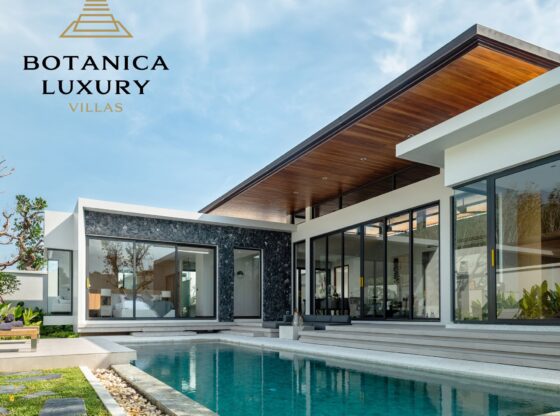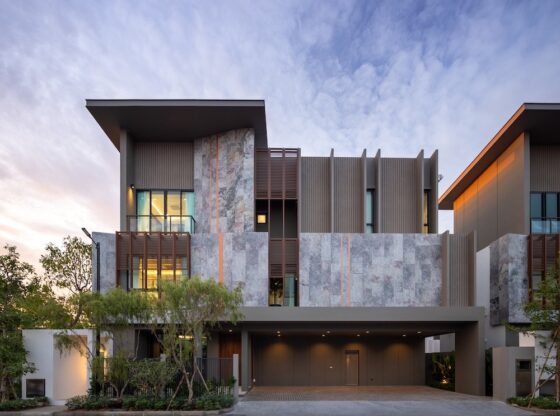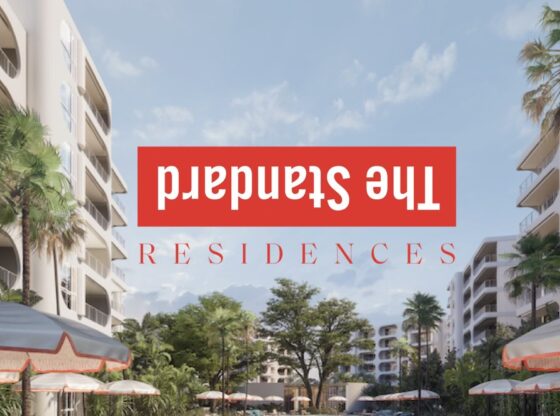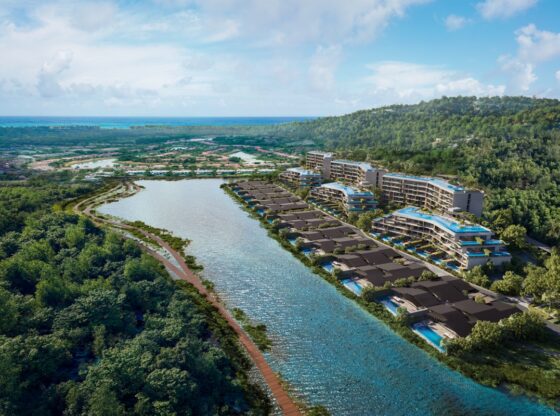![]()
A bit of a dry one this month, but if you’re dealing with any purchase involving land, this is something you should take the time to read.
This is definitely a subject I’ve touched upon many times over the years, but having dealt with a few recent deals that needed diving in deeper into the fray, I thought I’d pass along my recently refreshed knowledge on the topic. Just to indemnify myself a bit – I’m certainly not a lawyer and only passing on information as I understand it. If you are considering a land purchase in Thailand and uncertain of the type of title it’s held in, by all means consult a qualified lawyer.
Though there are actually seven different titles from what I gather, there are basically four types of different land titles in Thailand, the most common and, hands-down, the safest and most secure is what we refer to as a chenote (chenod). I’ll go through each in descending order from the most to least secure and valuable. For the sake not boring you to death, I won’t waffle on too much about titles that you wouldn’t touch with a 10-foot pole.
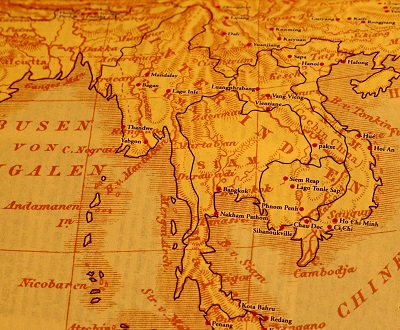
1) A chenote (Nor Sor 4 Jor) is an absolute freehold title that is, basically, indisputable. It is important to note the chenote is the only title issued in Thailand that is not officially still Thai government land. All other titles issued (which I’ll delve into as you read on) are essentially land that you are able to make use of in various ways, but at the end of the day, the freehold ownership of all those other titles, again, with the exception of the chenote, are officially the property of the Thai government.
In Pattaya, the chenote is the gold standard. The vast majority of titles are issued here as chenotes – condos, land and house, commercial property, etc. Bangkok has a lot of leased Crown land and, therefore, many titles issued there are leasehold as the land your house or condo sits on is owned by the Crown. On islands such as Koh Chang and Koh Samui you’ll also find many more properties without chenote title. But in Pattaya, 99% of all property sold comes with a chenote title.
Chenotes are also the most accurately marked with GPS plotting and distinct concretes stamps put in the ground in the corners of the land perimeter. You can apply for any building permit that conforms to local zoning regulations, apply for mortgages and sell freely as many times as you like.
One item of note: Squatters have some very real rights in Thailand. Even if you own a property in Thailand with chenote title, should a squatter take possession and make use of your land for 10 years, they are legally allowed to apply for a new chenote to be issued in their own name as it could be deemed that the previous owner has abandoned the land. Sounds crazy but it’s true.
So if you own land here and are not making use of it, be sure it’s free of squatters or you could have a hell of a time. On a personal note, we had what was basically a squatter in one of our properties – it took us four and half years and a lot of legal fees to get them out. So nip it in the bud asap if it looks like being an issue.
2) A Nor Sor 3 Gor would probably be best described as a chenote in waiting. It’s basically land that is ‘awaiting’ to be granted full chenote freehold ownership. The land is marked accurately by the land department and has basically been earmarked for full freehold status, but the owner or buyer must make an application to the local land department who will then consider issuing full chenote title on the land as long as there is no local or government opposition. I believe the land office publishes the request publicly for a length of time (30 to 90 days I would assume) and provided no grievance or opposition is filed, a chenote will be issued.
Obviously this isn’t as ‘lock-stock’ as a full chenote title, but I know of several successful cases where the title has been changed. Even if a chenote fails to be issued, you can still continue to build on and make use of the land indefinitely. Planning permissions are treated the same as on chenote property and mortgages can even be issued for this type of title.
A sub-set of this title is the Nor Sor 3 Khor title. This is the same as a Nor Sor 3 Gor but the main plot markings are not done using an aerial survey. The land department basically just comes and surveys/marks the land on the ground. I understand this is still quite accurate and I don’t think there’s much chance of having a real problem with the boundary markers.
3) A Nor Sor 3 is basically the same as above, but the boundaries have never been officially measured and plotted by the land department. This land can also be changed to chenote title, but first you’d have to have it officially measured which would change it to a Nor Sor 3 Gor title, and then the application could be made for chenote title, same as above.
Just a note on this one: I’d personally feel pretty safe building on a Nor Sor 3 Gor title as the boundaries have been officially marked. A Nor Sor 3 could still be subject to boundary disputes with neighbouring properties. And if a neighbour smells a bit of money over the wall you could be in for some headaches. Do yourself a favour with this one and get it officially marked and changed to a Nor Sor 3 Gor before doing anything with the land.
4) Here I’ll put together the Nor Sor 2 and Nor Sor 1. To be honest, these really aren’t titles you’d tend to come across, and certainly be even less likely to be handing over money to someone for. A Nor Sor 2 is just a letter of consent issued from the local land department which would allow the holder to temporarily make use of the land up to a maximum period of three years. Extensions can be granted, though, and after a while the holder may actually make a petition to upgrade the title of the land to a Nor Sor 3, on its way to hopefully becoming a chenote. However, there are so many ‘ifs and buts’ it’s a dodgy prospect. This land cannot be sold to another party, though it can be inherited.
A Nor Sor 1 is generally associated with farm land. There is very little legal ownership or rights involved and its basically land granted to people to make use of for farming up until they decide they can’t use it anymore, which could be at any time. However, the land can be ‘sold’ between people, though this involves nothing more than basically handing over the ‘pink slip’ for the land and a handshake.
Well, I hope this was informative – it’s good to know where you stand with such matters. And, if nothing else, you can now dazzle people at your next dinner party with your abundance of knowledge of the Thai property title system.
By Stu Sutton
Stu Sutton is managing director of Jomtien Property and has worked exclusively in the Pattaya/Jomtien real estate market for 16 years.
Please feel free to contact him with any queries at 086 108 6575, admin@jomtien-property.com or visit Jomtien Property’s website at www.jomtien-property.com



